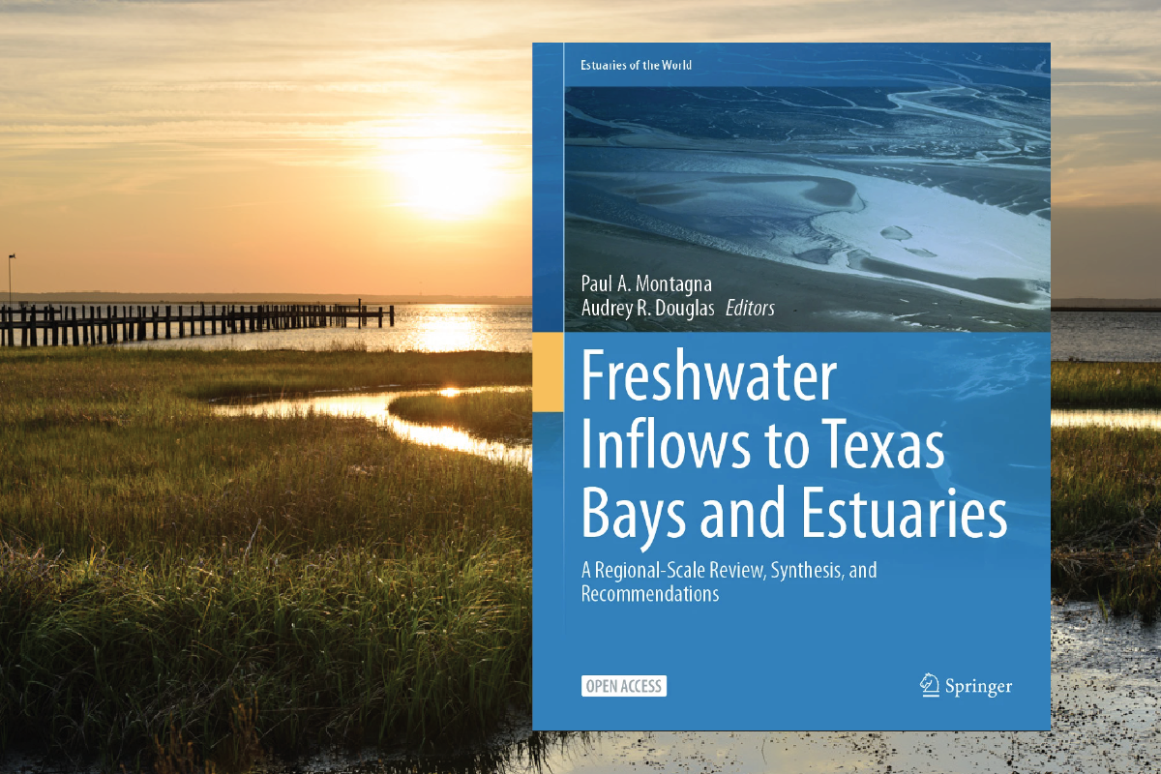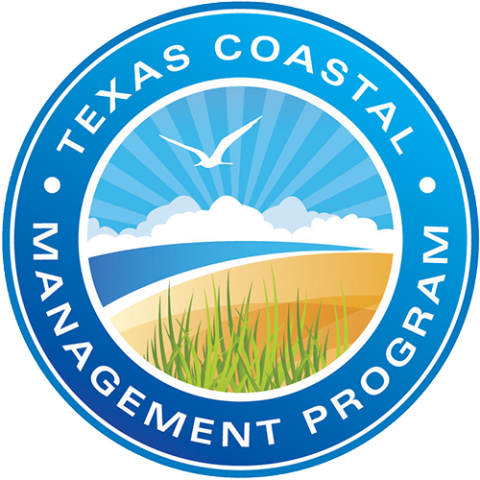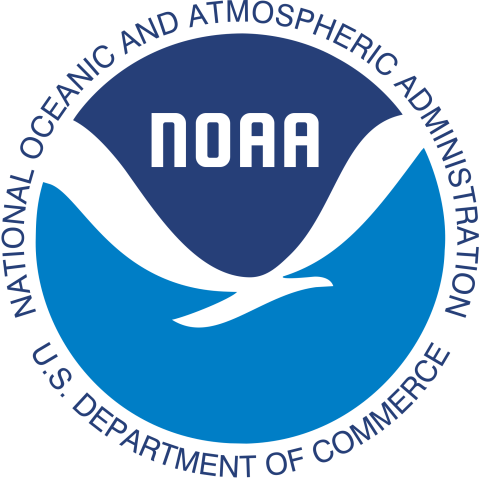Exploring the Flow: New Book Highlights Freshwater Inflows into Bays and Estuaries

Dr. Paul Montagna, Chair of HydroEcology at the Harte Research Institute for Gulf of Mexico Studies (HRI) at Texas A&M University-Corpus Christi, has spent more than half of his career studying the ecology of flowing water in Texas, and as that study continues to evolve and new scientific techniques are being explored and perfected, Montagna took some advice from a student that charted him on a course for a new project.
In 2014, Montagna said a student walked into his office and showed him the book “Freshwater Inflows to Texas Bays and Estuaries” and told him it’s been the “bible” for graduate students studying the subject. However, the book was published more than 20 years before, and even Montagna admitted it was out of date.
Laws had changed, scientific methods to study the importance of freshwater flowing into bays had transformed, and there was new information being produced daily. Montagna decided to tackle the project and produce a new volume with some 21st century amenities.
In January, the updated “Freshwater Inflows to Texas Bays and Estuaries” book was released, ending a nearly five-year journey for Montagna to gather some of the foremost experts on the subject, including himself, into a seminal academic work. The book also has a modern spin by being offered in a free e-book version and with the data being available for free as well. Maps, charts, and graphics have been added to help explain the importance of the subject and its effect on the Texas Gulf Coast.
“This is a career capstone,” Montagna said. “I felt like having spent 35 years working on something, I wanted to bring it together. It’s an understatement to say how proud I am of it.”
Freshwater inflows into bays and estuaries in Texas are critical for maintaining the ecological health and productivity of these dynamic environments. The inflows, primarily from rivers and streams, deliver essential nutrients, sediments, and organic materials that support diverse species from plankton to oysters, shrimp and fish.
Montagna is considered one of Texas’ top experts on the subject and has been studying it since the mid-1980s and has been tapped for knowledge from researchers and legislators alike, and compiling this has been a culmination of decades of dedicated research and expertise.
The book is available by way of Springer Nature Publications and can be downloaded for free or a printed version can be purchased for $60. The book is 411 pages, but Montagna said the book is more than paper and ink. Along with the maps, charts and graphs, all data collected for the book is available on GRIIDC.org — HRI’s free access data repository for Gulf of Mexico scientific research — multiple supporting files and documents are available in the Texas Digital Library, and there is also a library of at least 10 oral histories from researchers, including Montagna, who have worked on the subject over the last 50 years, via The Gulf Podcast. A storymap website (Freshwater Inflows to Texas Bays and Estuaries) provides an introduction to the topic of freshwater inflow and summarizes main points made in the book.
The book utilizes 34 different subject matter experts and has 17 chapters, including some of HRI’s top researchers. While the book is mainly for use by students and researchers focused on the subject, Montagna wants everyone from high school science teachers to government officials to be able to use it for the future.
“It was important to make it open access, to make it freely and broadly available,” Montagna said. “There is a whole new generation of people involved and this stuff goes back decades. Every time I go to a meeting there is a whole bunch of people I’ve never seen before in a room. So, there’s a lot of people that need a very quick introduction.”
With this updated edition, Montagna ensures the knowledge accumulated over decades is available to inspire and educate the next generation of scientists, policymakers, and educators.
Supported by Contract No. 21-155-007-C879 from the Texas General Land Office (GLO) with Gulf of Mexico Energy Security Act of 2006 funding made available to the State of Texas and awarded under the Texas Coastal Management Program. The views contained herein are those of the authors and should not be interpreted as representing the views of the GLO or the State of Texas.



